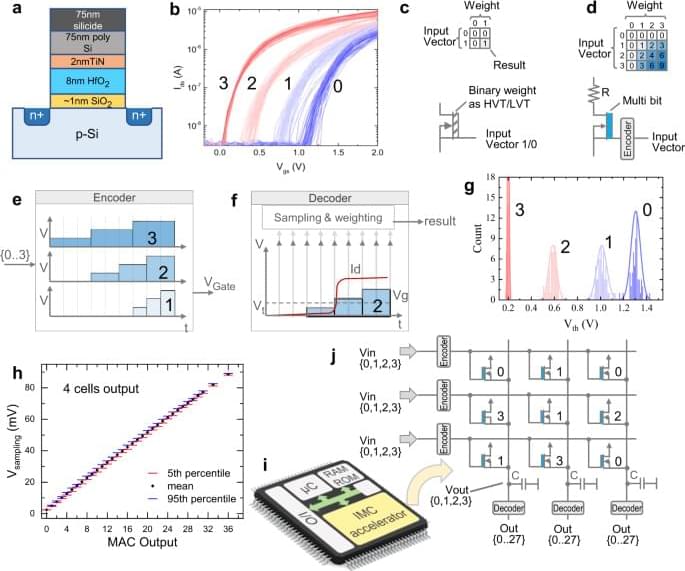May 15, 2024
Backstabbing, bluffing and playing dead: has AI learned to deceive? — podcast
Posted by Kelvin Dafiaghor in category: robotics/AI
As AI systems have grown in sophistication, so has their capacity for deception, according to a new analysis from researchers at Massachusetts Institute of Technology (MIT). Dr Peter Park, an AI existential safety researcher at MIT and author of the research, tells Ian Sample about the different examples of deception he uncovered, and why they will be so difficult to tackle as long as AI remains a black box.
How to listen to podcasts: everything you need to know
Listen to the Guardian’s Black Box series all about humans and artificial intelligence.


















